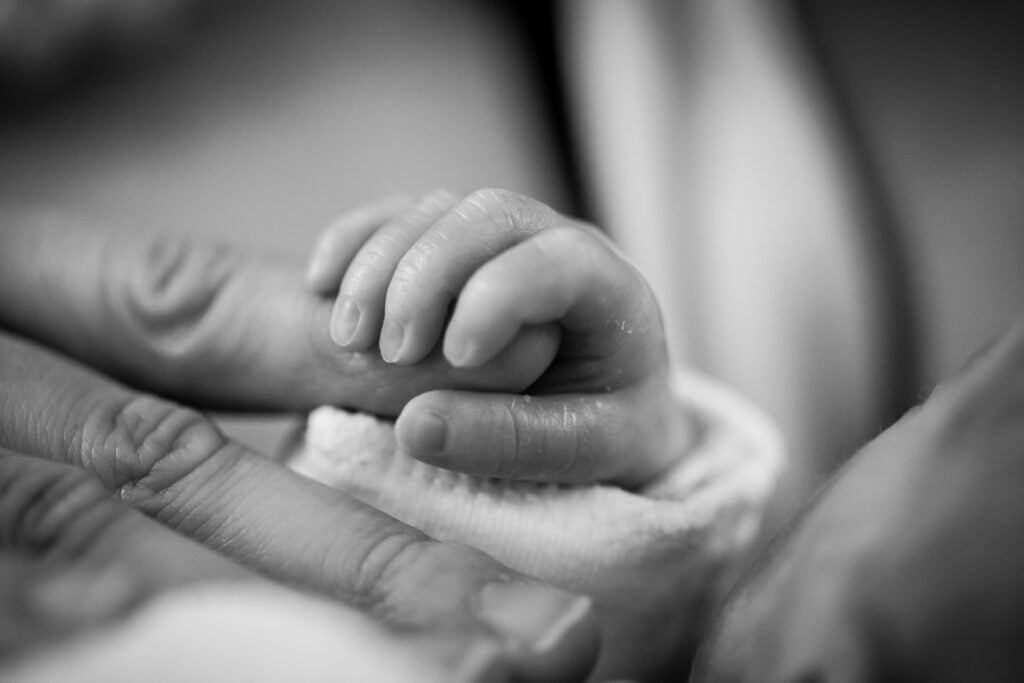
Becoming a mom is one of the most transformative experiences a woman can go through. It’s a time of joy and wonder as you welcome your new little one into the world, but it’s also a time of significant physical changes. From postpartum bleeding to breast engorgement, there are many things that new moms may experience as they recover from childbirth. In this article, we’ll cover some of the most common physical changes that moms experience after childbirth and provide tips on how to cope with them.
- Postpartum bleeding: After childbirth, women typically experience bleeding and discharge for several weeks. This is called lochia and is the body’s way of shedding the uterine lining. To cope with this, it’s important to use pads instead of tampons and change them frequently. Also, avoid strenuous activities that could cause heavy bleeding.
- Breast engorgement: As milk comes in, moms may experience breast engorgement, which is when the breasts become swollen and painful. To cope with this, try using cold compresses or warm showers to relieve pain and swelling. It’s also important to nurse or pump frequently to prevent milk from building up.
- Stretch marks: Many women experience stretch marks during pregnancy, which can be difficult to cope with after childbirth. To help prevent stretch marks, use moisturizers regularly during pregnancy and try to maintain a healthy weight. After childbirth, stretch marks may fade over time, but there are also creams and treatments available that may help.
- Hair loss: After childbirth, many women experience hair loss, which can be alarming. This is due to hormonal changes and is usually temporary. To cope with this, be gentle when brushing or styling your hair, and consider getting a shorter haircut to help disguise thinning hair.
- Urinary incontinence: After childbirth, women may experience urinary incontinence, which is the loss of bladder control. To cope with this, practice Kegel exercises to strengthen pelvic muscles, avoid caffeine and alcohol, and use pads or incontinence products as needed.
- Abdominal muscle separation: During pregnancy, the muscles in the abdominal wall can separate, leading to a condition called diastasis recti. To help cope with this, try doing exercises that strengthen the abdominal muscles, such as planks or modified crunches. It’s also important to avoid activities that could strain the abdominal muscles, such as heavy lifting or crunches.
- Hemorrhoids: Hemorrhoids are swollen veins in the rectal area that can be painful and uncomfortable. To cope with this, try soaking in warm water or using topical creams to relieve pain and swelling. It’s also important to avoid constipation by eating a high-fiber diet and drinking plenty of water.
In conclusion, becoming a mom is a life-changing experience that comes with many physical changes. While these changes can be difficult to cope with, there are many things that moms can do to manage symptoms and recover. Remember to be patient with yourself and seek support from loved ones or healthcare providers as needed. With time and self-care, your body will adjust to the new normal of motherhood.